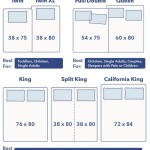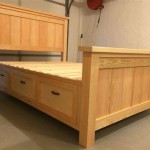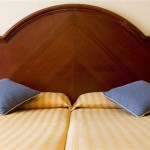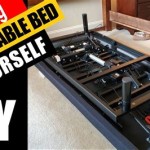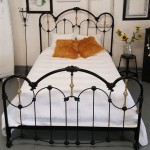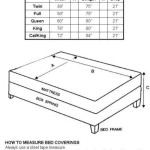Can Bed Bugs Eat Plastic?
The question of whether bed bugs can eat plastic is a common one, often arising from the observation of these pests in and around electronic devices and appliances. Understanding bed bugs' feeding habits is crucial for effective pest control and prevention. This article will explore the science behind bed bug feeding and address the misconceptions surrounding their interaction with plastics.
Key Points about Bed Bug Diet
- Bed bugs are hematophagous insects.
- They feed exclusively on blood.
- Their mouthparts are adapted for piercing skin and sucking blood.
Bed bugs are obligate hematophagous insects, meaning their survival depends solely on consuming blood. Their diet consists primarily of human blood, though they can also feed on other mammals and birds if necessary. This specialized diet influences their morphology and behavior, making them highly efficient at locating and feeding on their hosts.
Key Points about Bed Bug Mouthparts
- Bed bugs have specialized piercing-sucking mouthparts.
- These mouthparts are not designed for chewing or consuming solid materials.
- They consist of a stylet fascicle, used for piercing, and a feeding tube.
Bed bugs possess specialized mouthparts perfectly adapted for their blood-feeding lifestyle. These mouthparts, known as a stylet fascicle, are essentially two hollow tubes. One tube injects saliva, which contains anticoagulants and anesthetics, and the other tube draws up the host's blood. Their mouthparts lack the mandibles and other structures necessary for chewing or consuming solid materials like plastic.
Key Points about Bed Bugs and Plastic
- Bed bugs cannot digest plastic.
- They might hide in crevices in or around plastic objects.
- Plastic offers no nutritional value to bed bugs.
Given their dietary requirements and the structure of their mouthparts, it is biologically impossible for bed bugs to eat plastic. Plastic is a synthetic polymer that cannot be broken down by the digestive system of a bed bug. While bed bugs may be found near or even inside electronic devices or other plastic objects, their presence is not indicative of feeding. They are simply seeking refuge in the small cracks and crevices these items offer, particularly in close proximity to their human hosts.
The misconception that bed bugs eat plastic may arise from observing them in places like electrical outlets or seams of plastic furniture. However, these are prime harborage sites due to their warmth, darkness, and proximity to sleeping humans. The presence of bed bugs in these locations is related to their seeking shelter, not sustenance.
Key Points about Bed Bug Harborage Sites
- Bed bugs prefer dark, secluded areas.
- Cracks and crevices in furniture, walls, and electronics offer ideal hiding spots.
- Proximity to a human host is a key factor in harborage site selection.
Understanding that bed bugs are seeking harborage, not food, when found near plastic items is essential for effective pest management. Treatment strategies should focus on eliminating bed bugs in their hiding places, including mattresses, bedding, furniture, and cracks and crevices in walls and floors. Simply cleaning or replacing plastic items will not eradicate an infestation.
While plastic itself poses no threat to bed bugs, the misuse of plastic encasements for mattresses and box springs can inadvertently create more hiding places. If not properly sealed, these encasements can provide additional crevices for bed bugs to inhabit, making eradication more challenging.
Key Points about Plastic Encasements
- Encasements can trap existing bed bugs and prevent further infestation.
- Improperly sealed encasements can provide additional harborage areas.
- High-quality, tightly sealed encasements are crucial for effective use.
In summary, bed bugs cannot eat plastic. Their biological makeup dictates a diet exclusively of blood. Their presence near or within plastic items is a result of their seeking shelter, not sustenance. Effective bed bug control requires understanding their behavior and targeting their hiding places, rather than focusing on the materials of the objects they inhabit.

Can Bed Bugs Go Through A Plastic Mattress Cover

Do Bed Bugs Lay Eggs On Plastic Bedbugs

How Long Do Bed Bugs Live In A Plastic Bag Pestseek

Can Bed Bugs Eat Through Plastic Ess Universal

Do Bed Bugs Lay Eggs On Plastic Bedbugs

Can Bed Bugs Live On Plastic Or Eat Through Bag

Bedbugs

Can Bed Bugs Walk On Plastic Metal Tiles And Hardwood Floors

Can Bed Bugs Go Through A Plastic Mattress Cover

Can Bed Bugs Bite Through Clothing Or They T
Related Posts
